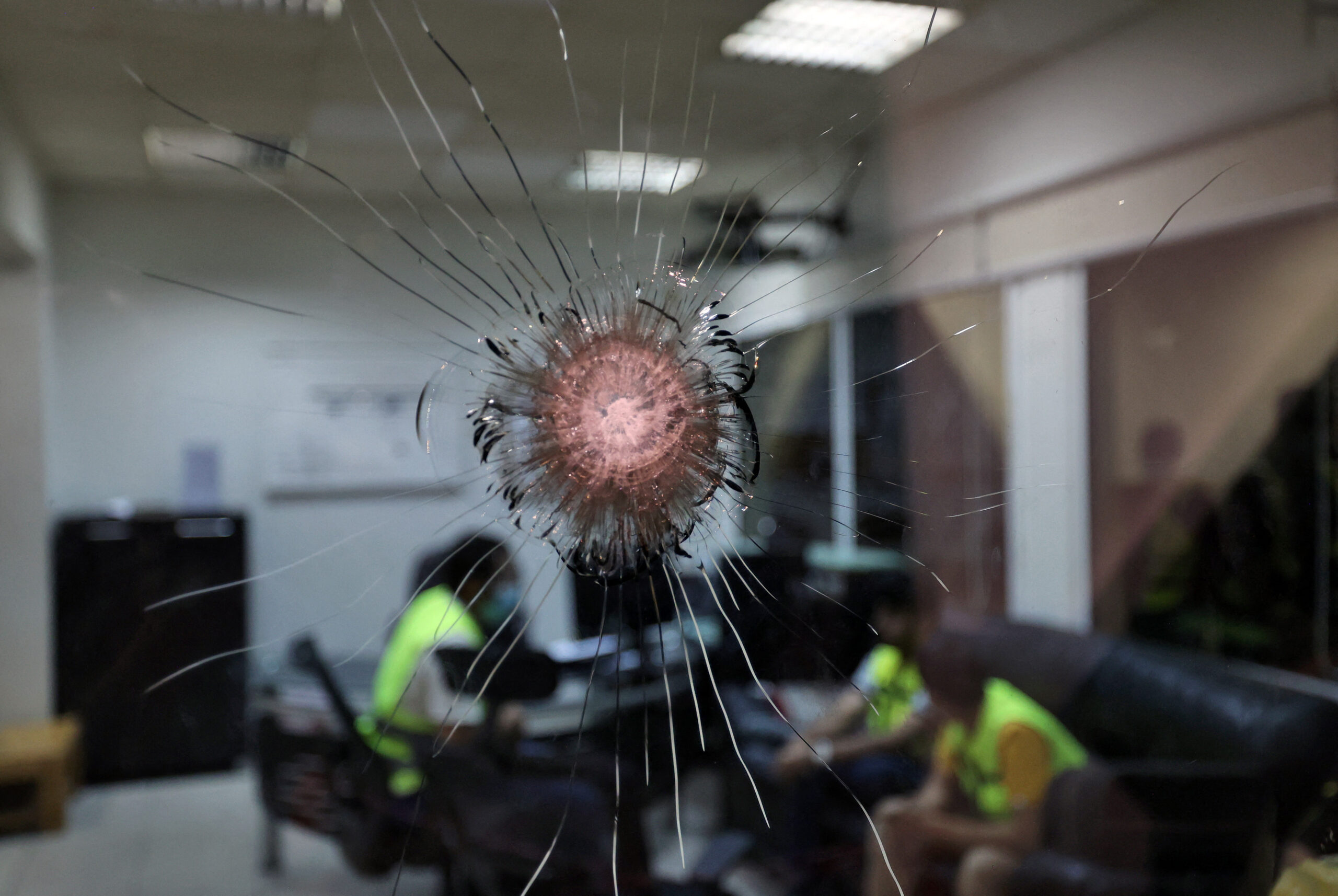We forecast that over the next few weeks the Houthis will continue to mount frequent – around twice-weekly – attacks into Saudi Arabia. And that this period will be followed by another pause in attacks, but that this too will only be temporary.
This assessment was issued to clients of Dragonfly’s Security Intelligence & Analysis Service (SIAS) on 13 September 2021.
The Houthis are currently mounting cross-border attacks into Saudi Arabia at a fairly high frequency. In August we recorded at least nine attacks compared with three in July. Saudi air defences have intercepted most of these while successful attacks have only caused limited damage to infrastructure and few casualties. Even as these attacks ebb and flow, there are few signs that the Houthis are altering their priority targets. These are primarily infrastructure sites such as oil facilities, airports and military bases.
The Houthis also seem to have intensified ground operations towards Marib. Capture of the oil-rich city in the north is part of their strategic objective to remain in control of northern Yemen. They are unlikely to deviate from this goal, even if they pause the offensive during a ceasefire. But they have made only limited advances since June, mainly because of Coalition airstrikes. The timing of their recent intensification of cross-border attacks and ground operations in Marib also suggests that this is to enter future talks from a strong negotiating position.
The new UN envoy Hans Grundberg will probably prioritise a reduction of violence through ceasefire talks, as a confidence-building step before comprehensive talks. In a statement to the security council last week Mr Grunsburg noted that a ‘peaceful dialogue’ is long overdue. He added that he will imminently travel to meet all parties in the conflict. Based on the way that such processes have tended to work and how the main parties approach these, we anticipate that he will push for an initial pause in fighting imminently, and that they would not oppose talks.
Should a ceasefire be reached, we anticipate that the Houthis would use this to resupply as they have in the past, and then try to make further gains in Marib. And as before, the Coalition will probably continue to delay reopening Sanaa airport to keep their leverage in talks. Any ceasefire is therefore unlikely to hold for long, with the Houthis resuming cross-border attacks on a similar scale to that which they are now doing. But the group would probably still struggle with its current capabilities to make major gains towards Marib.
Beyond any near term ceasefire, the new UN envoy seems intent on breaking this cycle of ceasefire talks and conflict. A contact working at the UN on regional issues told us last week that the new envoy will try to change the current negotiation framework by taking into account new actors on the ground, such as the Southern Transitional Council and civil society organisations. Mr Grunsburg hinted as much in his speech. This would imply a change in the UN Security Resolution underpinning the current political track.
We forecast that this is likely to happen by the end of the year, based on normal UN proceedings. But any effort to substantially expand and alter the framework for talks would be likely to take several months. And as has already proven to be the case, the lack of agreement from all parties on even initial steps means we have little doubt that it would be as fragile as the current framework and remain equally as prone to abuse by the Houthis. As such, the prospects for the peace process will remain limited into 2022.
Image: Saudi airport personnel are pictured behind shrapnel riddled glass at Abha airport following a drone attack on 31 August 2021. Photo by FAYEZ NURELDINE/AFP via Getty Images







